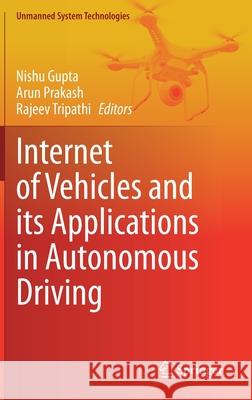Internet of Vehicles and Its Applications in Autonomous Driving » książka
topmenu
Internet of Vehicles and Its Applications in Autonomous Driving
ISBN-13: 9783030463342 / Angielski / Twarda / 2020 / 188 str.
Internet of Vehicles and Its Applications in Autonomous Driving
ISBN-13: 9783030463342 / Angielski / Twarda / 2020 / 188 str.
cena 805,10
(netto: 766,76 VAT: 5%)
Najniższa cena z 30 dni: 693,97
(netto: 766,76 VAT: 5%)
Najniższa cena z 30 dni: 693,97
Termin realizacji zamówienia:
ok. 22 dni roboczych
Dostawa w 2026 r.
ok. 22 dni roboczych
Dostawa w 2026 r.
Darmowa dostawa!
Kategorie:
Kategorie BISAC:
Wydawca:
Springer
Seria wydawnicza:
Język:
Angielski
ISBN-13:
9783030463342
Rok wydania:
2020
Wydanie:
2021
Numer serii:
000841891
Ilość stron:
188
Waga:
0.46 kg
Wymiary:
23.39 x 15.6 x 1.27
Oprawa:
Twarda
Wolumenów:
01
Dodatkowe informacje:
Wydanie ilustrowane











